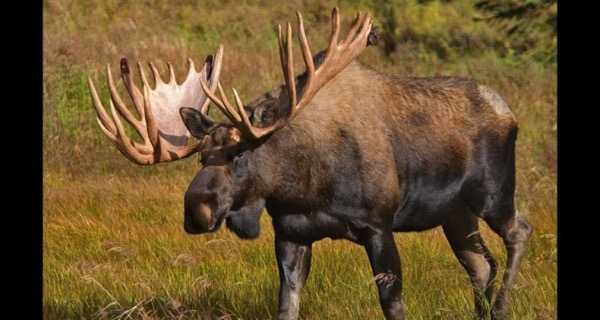Salmon Deaths
An algae bloom brought on by El Niño’s ocean warmth off the coast of Chile that killed up to 20 percent of the country’s farmed salmon is receding, according to officials.
The loss of up to 25 million fish caused global salmon prices to soar in recent weeks and prompted Chile’s salmon farmers to lay off 10,000 workers, union officials said.
While the algae isn’t a major threat to wild salmon, fish raised in enclosures can’t escape it, leading them to gradually die of asphyxiation as the tiny organisms accumulate in their gills.
Radioactive Raiders
Wild boars that root around the highly contaminated landscape surrounding Japan’s meltdown-plagued Fukushima Daiichi nuclear power plant are reproducing so rapidly that they threaten nearby towns.
The feral marauders, rife with cesium-137, have grown in numbers from about 3,000 in 2014 to 13,000 at latest count. They have also inflicted an estimated $900,000 in damage to agriculture, according to the Japanese daily Yomiuri.
Mass graves and incineration facilities have been unable to cope with the growing numbers of boar corpses brought in by local hunters.
Alaskan Moose Flourishing Because Of Global Warming
Global warming in the 20th century has allowed moose to recolonise the Alaskan tundra for the first time since 1880, researchers say. Warmer and longer summers have allowed shrubs to grow taller, meaning moose now have ample food for the cold winter periods.
The research compared historic changes in Alaska’s summer temperatures from 1860 to 2009 to the height of shrubs that are eaten by moose. High carbon dioxide (CO2) levels and an extended summer growing season caused Alaskan plant life to thrive, which increased the amount of shrubbery in the state. Since the animal’s food supply expanded, the number of moose in Alaska expanded as well.
Alaska’s moose were able to range much farther north in recent years as the average shrub height increased from 1.1 meters in 1860 to around 2 meters in 2009, which increased the amount of food sticking up above the snow in the winter.
The scientists believe that tall shrubs were too rare and sparse prior to the late 20th century in the tundra to support moose populations in the northern sections of Alaska.

No comments:
Post a Comment